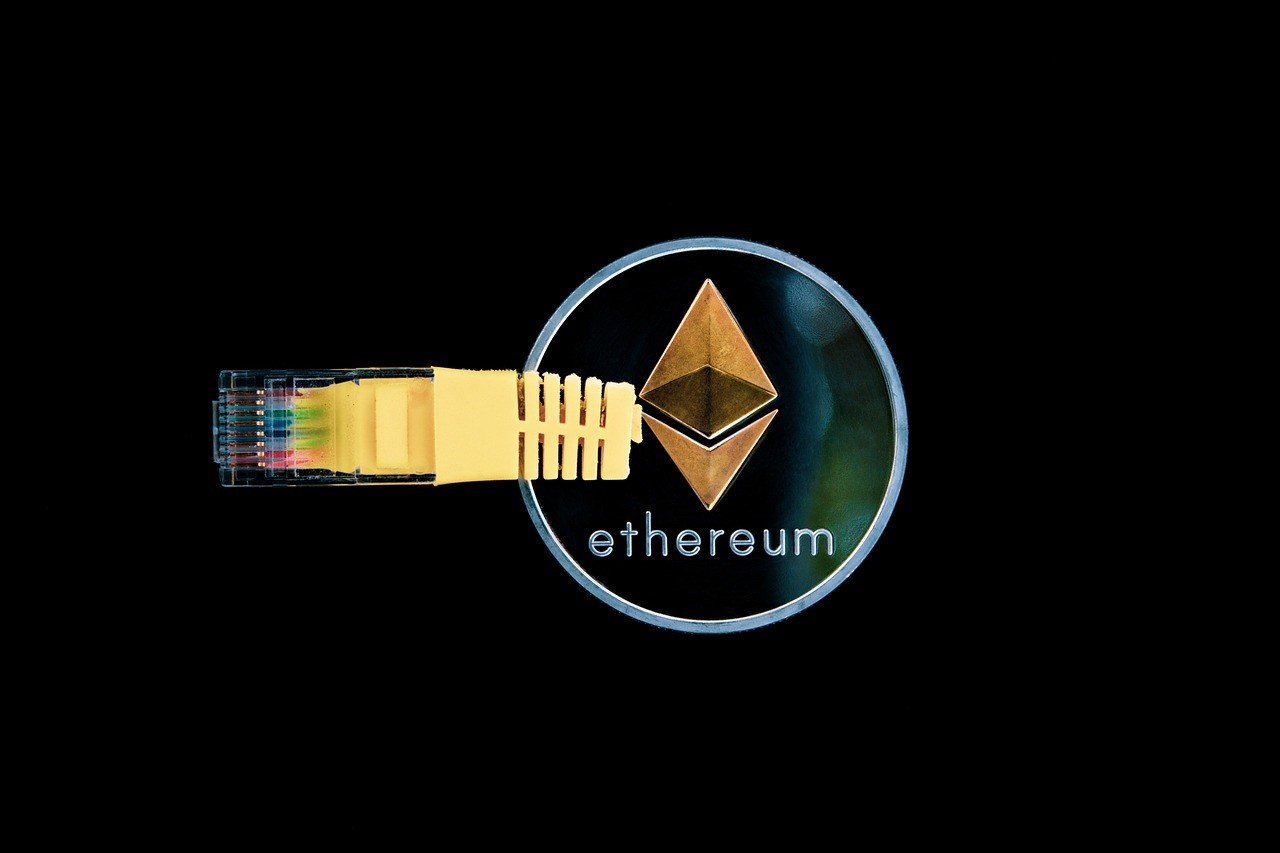Diving into the realm of cryptocurrencies can often feel like going through a maze with countless twists and turns. One of the interesting paths within this maze is the mechanism of crypto swaps. Have you ever wondered how these swaps seamlessly transfer one digital asset for another? Let’s explore this fascinating process further.
Understanding Crypto Swaps
What is a crypto swap? In simple terms, a crypto swap is an instantaneous exchange of one cryptocurrency for another. Unlike traditional exchanges where you sell one asset and then purchase another, swaps make this a single unified process. It’s like trading your apples for someone’s oranges at a market – except that this happens digitally.
Decentralized Nature
The beauty of crypto swaps lies in their decentralized nature. Decentralized exchanges (DEXs) enable these swaps. Unlike centralized exchanges that are prone to hacks and often require extensive verification processes, DEXs allow peer-to-peer exchanges, ensuring that users always have control of their funds.
Smart Contracts at Play
Central to the operation of many DEXs are smart contracts. These are self-executing contracts with the terms directly written into code. When you initiate a crypto swap, you’re essentially triggering a smart contract. It verifies the legitimacy of your transaction, ensures that both parties fulfill their obligations, and then proceeds with the exchange.
Liquidity Pools
For a crypto swap to occur, there needs to be liquidity, or, in layman’s terms, enough of each cryptocurrency to facilitate the trade. This is where liquidity pools come into play. Users pool their resources together to create a market for the two swapping cryptocurrencies. In return, they earn fees from the swapping process. If there’s enough liquidity, the swap goes through; if not, it doesn’t.
Price Determination
You might wonder, how is the price of each cryptocurrency determined during a swap? The answer lies in the ratio of assets in the liquidity pool. If there’s a higher demand for a particular crypto, its price goes up, and vice versa. As more users swap their assets, this ratio changes, which in turn affects the price. It’s a dynamic process, governed purely by supply and demand.
Swap Fees
Nothing comes free, and crypto swaps are no exception. Every time you engage in a swap, a small fee is deducted. This fee is usually split between rewarding those who provide liquidity and the maintenance of the DEX platform. The more you swap, the more fees you’ll accrue, so always keep an eye on them.
Limitations and Challenges
No system is perfect. The primary challenge with crypto swaps is slippage. This is the difference between the expected price of the swap and the price at which the swap is executed. High volatility in the crypto market can lead to significant slippage. What’s more, a lack of liquidity can also hinder the efficiency of swaps.
While the intricacies of blockchain technology and smart contracts can be overwhelming, understanding the basics of crypto swaps doesn’t have to be. At their core, these swaps are about streamlining the trading process, empowering users, and reducing reliance on centralized systems.

